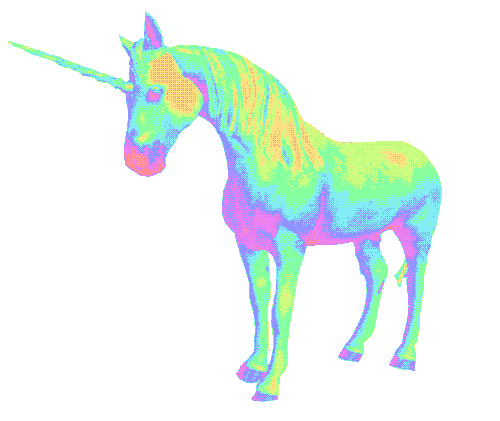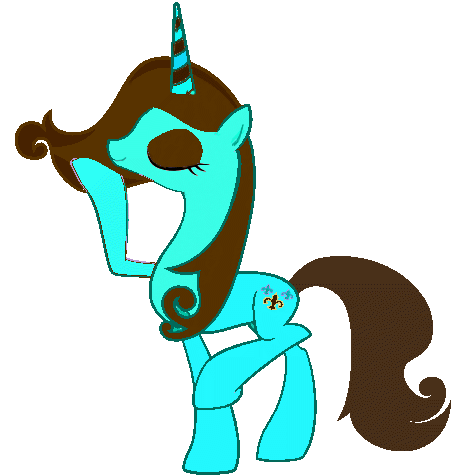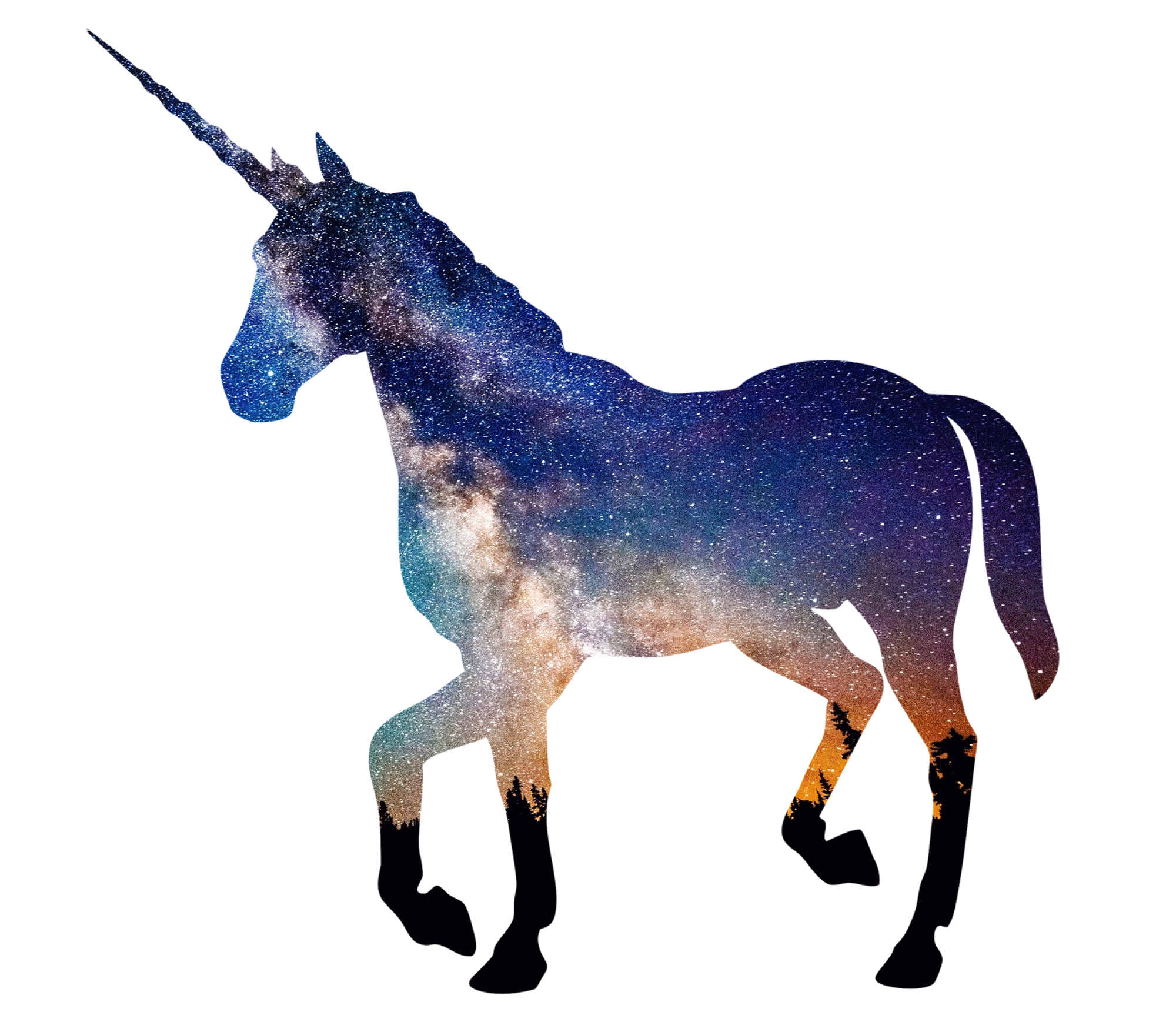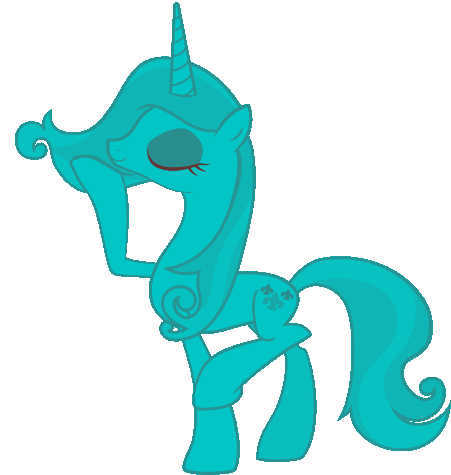top of page


Unicorn
The unicorn is a legendary creature that has been described since antiquity as a beast with a single large, pointed, spiraling horn projecting from its forehead.


The unicorn was depicted in ancient seals of the Indus Valley Civilization and was mentioned by the ancient Greeks in accounts of natural history by various writers, including Ctesias, Strabo, Pliny the Younger, and Aelian.
S
The Bible also describes an animal, the re'em, which some versions translate as unicorn.
In European folklore, the unicorn is often depicted as a white horse-like or goat-like animal with a long horn and cloven hooves (sometimes a goat's beard).


The Throne Chair of Denmark is made of "unicorn horns" – almost certainly narwhal tusks. The same material was used for ceremonial cups because the unicorn's horn continued to be believed to neutralize poison, following classical authors.

In the Middle Ages and Renaissance, it was commonly described as an extremely wild woodland creature, a symbol of purity and grace, which could only be captured by a virgin.


In the encyclopedias its horn was said to have the power to render poisoned water potable and to heal sickness. In medieval and Renaissance times, the tusk of the narwhal was sometimes sold as unicorn horn.
The horn itself and the substance it was made of was called alicorn, and it was believed that the horn holds magical and medicinal properties.


The famous late Gothic series of seven tapestry hangings
The Hunt of the Unicorn are
a high point in European
tapestry manufacture, combining both secular and religious themes.
The tapestries now hang in the Cloisters division of the Metropolitan Museum of Art in New York City. In the series, richly dressed noblemen, accompanied by huntsmen and hounds, pursue a unicorn against mille-fleur backgrounds
or settings of buildings and gardens. They bring the animal to bay with the help of a maiden who traps it with her charms, appear to kill it, and bring it back to a castle; in the last and most famous panel, "The Unicorn in Captivity", the unicorn is shown alive again and happy, chained to a pomegranate tree surrounded by a fence, in a field of flowers. Scholars conjecture that the red stains on its flanks are not blood but rather the juice from




pomegranates, which were a symbol of fertility. However, the true meaning of the mysterious resurrected unicorn in the last panel is unclear. The series was woven about 1500 in the Low Countries, probably Brussels or Liège, for an unknown patron. A set of six engravings on the same theme, treated rather differently, were engraved by the French artist Jean Duvet in the 1540s.



bottom of page


